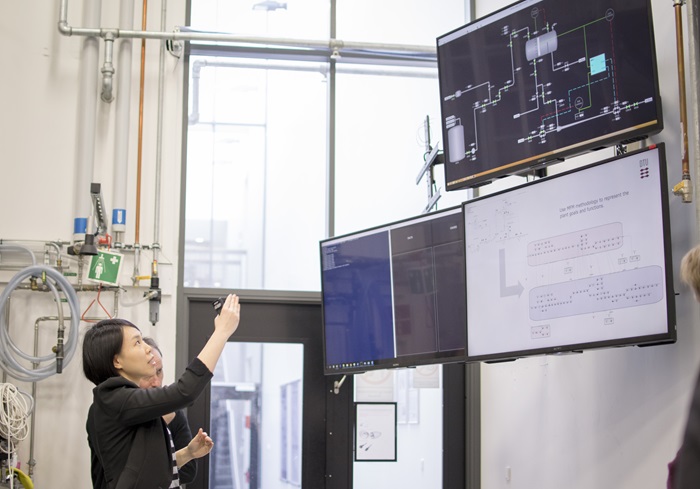MFM is a technique for functional modeling used to represent objectives and functions of complex industrial systems such as oil and gas facilities or power generation plants.
The main purpose of Multilevel Flow Modeling (MFM) is to support plant operators in diagnosis of malfunctions and making plans for counteracting them. These are knowledge intensive tasks, which are presently not supported efficiently by existing IT technology used in industry.
SCADA solutions are developed from engineering documents such as P&I diagrams, operating manuals and control logic under the assumption that these documents provide the information required for diagnosis and counteraction planning. However, the documents are mainly generated for describing the plant design and construction. This information is relevant for an operator, but it does not provide insight into the causal interactions between material and energy streams, equipment, control systems, and how these interactions influence process behavior during disturbances.
MFM has a range of applications in design and operation of industrial processes.
- For plant operation, the main application is operator decision support in handling abnormal operating situations. This includes diagnosis of disturbances by finding their causes and consequences and deriving possible plans of counteraction for disturbance mitigation.
- In the plant design phase, it can be used as a tool for systematic specification of plant design objectives and functions and for transfer of design intent between process and automation design teams.
- MFM has also been used for HAZOP studies, where it was demonstrated that its tools can provide more consistent and complete analyses compared with traditional manual methods.
On the left, you can find out more about our motivation and opportunities in working with MFM.
To see what MFM can do and how it works, go to MFM Concepts.
